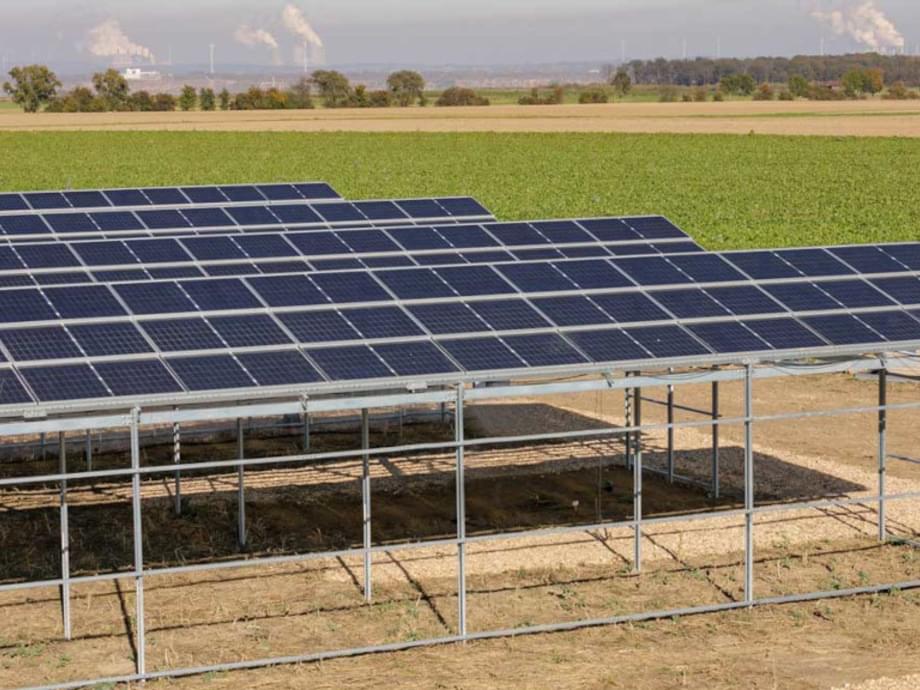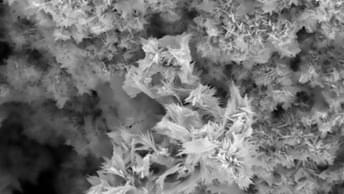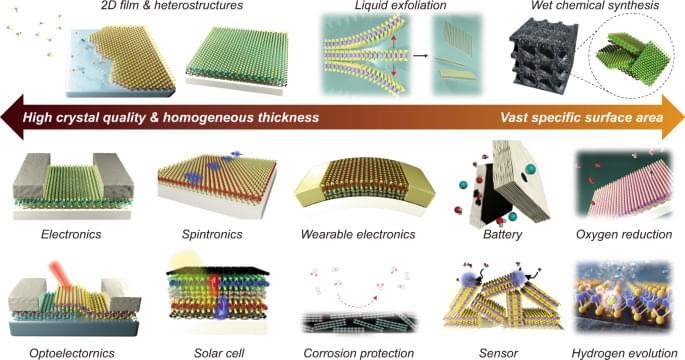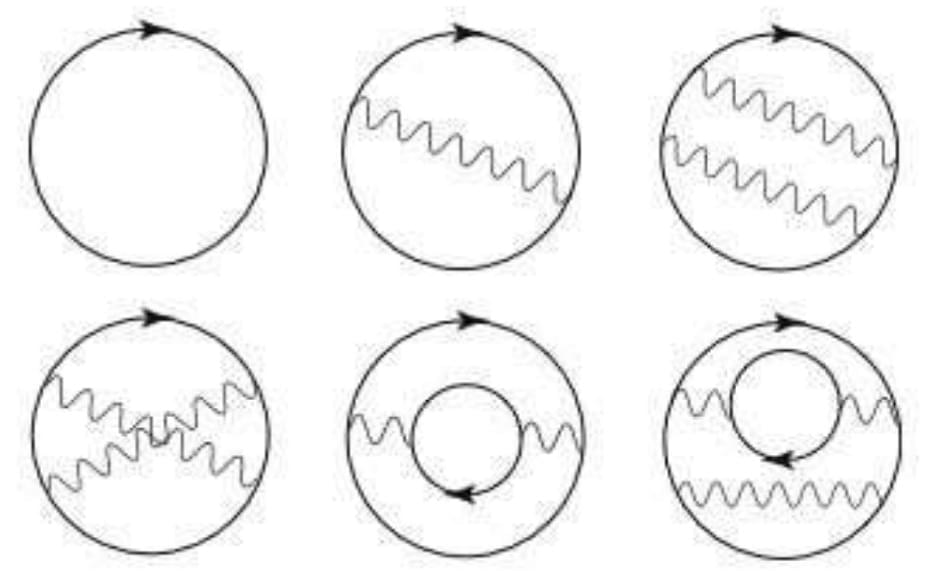ANDERSON — For Sam Johnson, organic farming isn’t only a practical way of protecting the environment. It’s also a vital part of a healthy lifestyle.
“My main reason for doing it is just to get away from all these problems we’re having with herbicide and pesticide resistance,” Johnson said. “We’re just getting back to the natural ways our bodies process food.”
Organic farming is becoming undeniably more mainstream in the U.S. agriculture industry. According to an analysis of data in the USDA’s 2019 Survey of Organic Agriculture by Commodity.com, the number of organic farms in the U.S. rose by more than 50% in the last decade. The country’s estimated 16,500 organic farms now cover about 5.5 million acres, a 38% increase from 2008.








